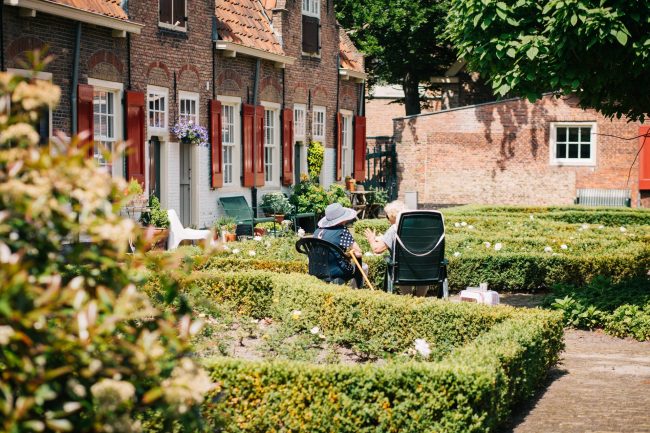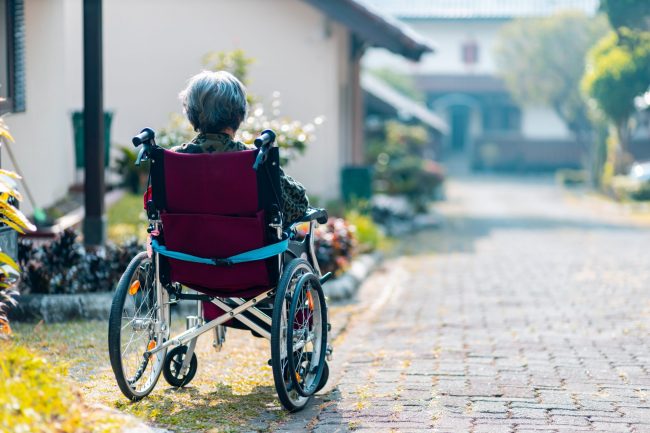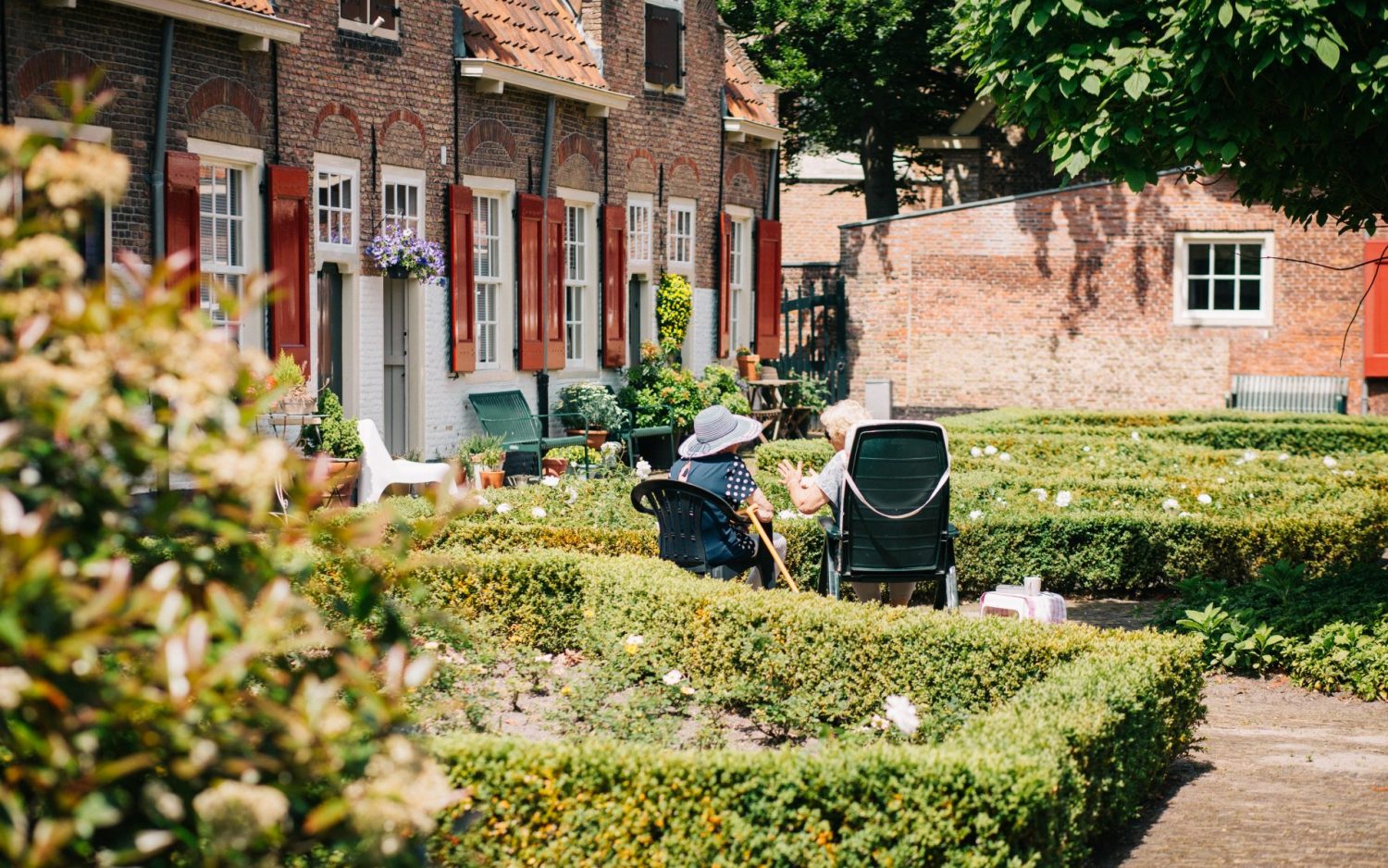Towards a more participatory, creative & innovative social care system
Author: Cristina Villanueva (Entremayores)
The future care system’s design must be focused in the needs and preferences of the users, as well as the professionals’ and the families’, and dialogue and social participation must be promoted.
The debate on what the future care system should be like is oriented to the needs and preferences of the users, but also the professionals’ and families’. Every consulted expert agrees that there should be dialogue and social participation. That’d be the way to build a viable and sustainable model over time.
One of these experts is Alfredo Bohórquez, the former president of the Spanish Society of Geriatrics and Gerontology, who argues that the new system should be person-centered: “I am not only referring to the elderly as the users of these care services, but also to the employees and entities that provide those services. We must design with them”.
According to Bohórquez, there is a need to redesign the system we want to make it compatible with the services that already exist. In other words, it’s not about ceasing services, but about to rebuild the existing ones. Finally, Bohórquez points out a key element, which is the dialogue between civil society, public administrations and political parties.
Juan Vela, the president of Lares, an association of care homes for older people, also believes that if the purpose is to take care of the elderly and dependent people, mainly those who are going to receive the service, must support the system. “At Fundación Lares we believe that the model should put older people in the foreground, listen to them, and from there it should be integrated into the community. It is also essential that society values the dignity of care. There are two key elements: to revalue care in the environment as a basic element of social relations, and to combat ageism”, Vela says.
Vela points out that it is necessary to provide resources and support services. “Residential care homes play a very important role as reference dependency centers in the community. Ideally, people should stay in residential care homes when absolutely necessary and live at their homes until then. For this, many specialized and community supports are needed. One option is to offer them from the reference centers, which could be the residences themselves. For example, providing training to non-formal caregivers, professionals, the technical aid bank, et cetera”.

Gerontologist and founder of Biel Consulting, Stephan Biel highlights the role of the administration as “observation staff”, whose mission is to set the common criteria for these services, be it home help, day centers and residences. But, most importantly, the choice of how they want to be cared for must be left to the citizen.
Biel also makes a distinction between management and service. “Regarding management, it is essential to create a comprehensive person-centered system to encourage prevention and active and healthy aging. Regarding how to offer the service, in the first place, care has to be taken under the criteria of good practices and based on evidence, in accordance with what the elderly demand today. Now, the concept or model that we want to apply will depend on each provider, according to their vision and philosophy, depending on whether it is a public, private or non-profit entity ”. He also defends the definition of profiles such as Geriatrics Nursing in order to guarantee the balance between quality of life and quality of care.

Similarly to other experts, César Antón Beltrán, former advisor for the Government of Castilla y León in public health and social services, also puts the services’ users at the center. He points out that the main concern should be that older people feel cared for in a comprehensive way that addresses their physical health, level of dependency and functionality for daily life and their psychological state.
He details the points on which, from his perspective, the future model should be based.
- Take advantage of the experience and knowledge acquired.
- Innovation, taking into account the services and resources, to adapt them to new familiar and personal situations, thus achieving a comprehensive assessment of the needs that will give us the basis for good care and continuity of care.
- The quality and professionalism in the attention and care.
- Collaboration between public and private entities.
- Inform and communicate with beneficiaries and their families.
- New technologies at the service of care, as qualified instruments to facilitate accessibility for users and the tasks of caregivers.
- For people and families who require care and do not have access to public financing resources due to economic reasons, there could be established tax treatment mechanisms that would contribute to transparency in the acquisition of their services, avoiding a negative aspect such as the parallel economy.
- Necessary adaptations for rural areas that, as far as possible, facilitate accessibility to this population.
Read the full article in Spanish here

